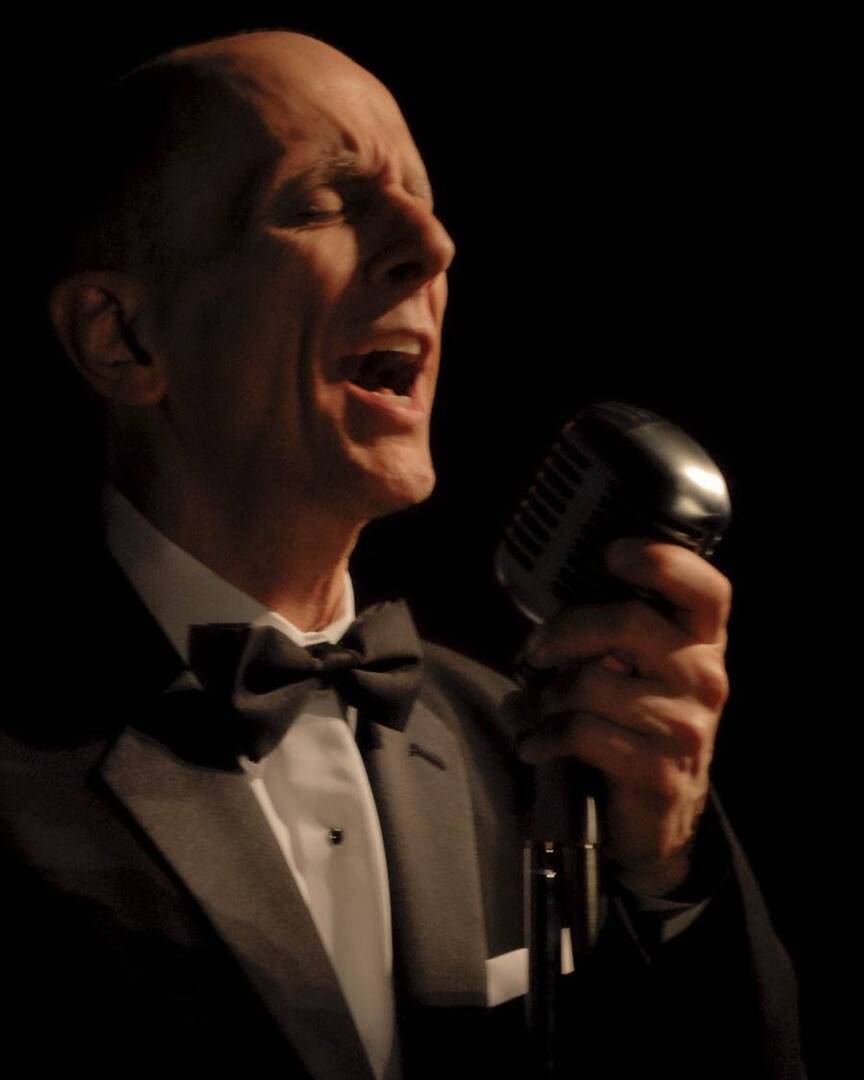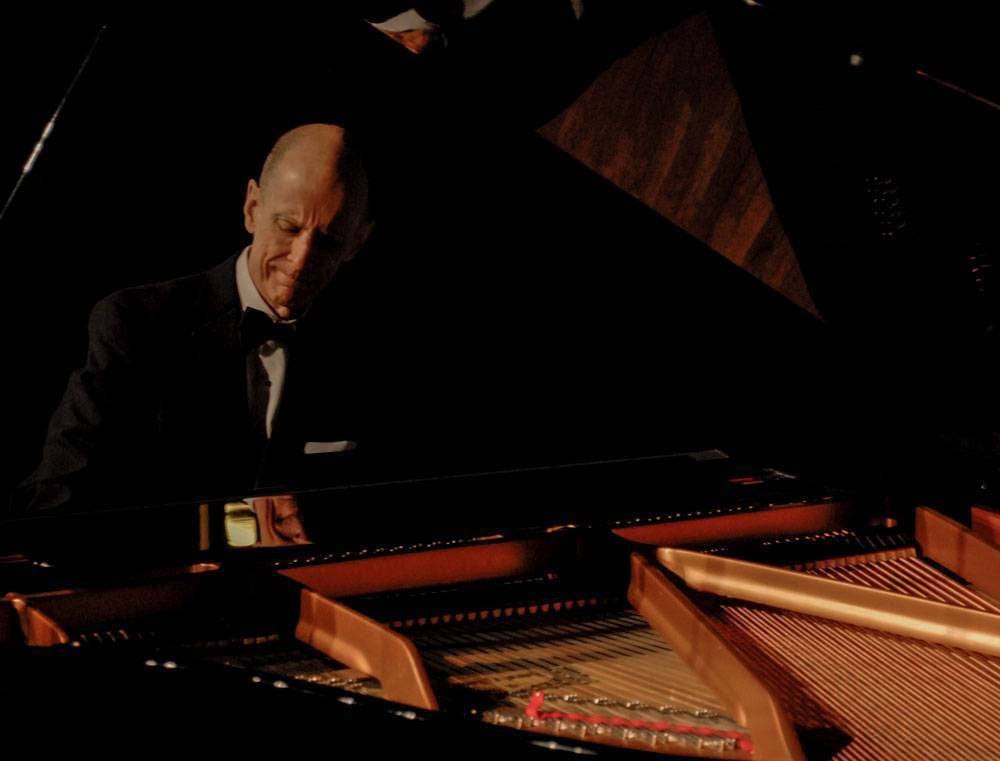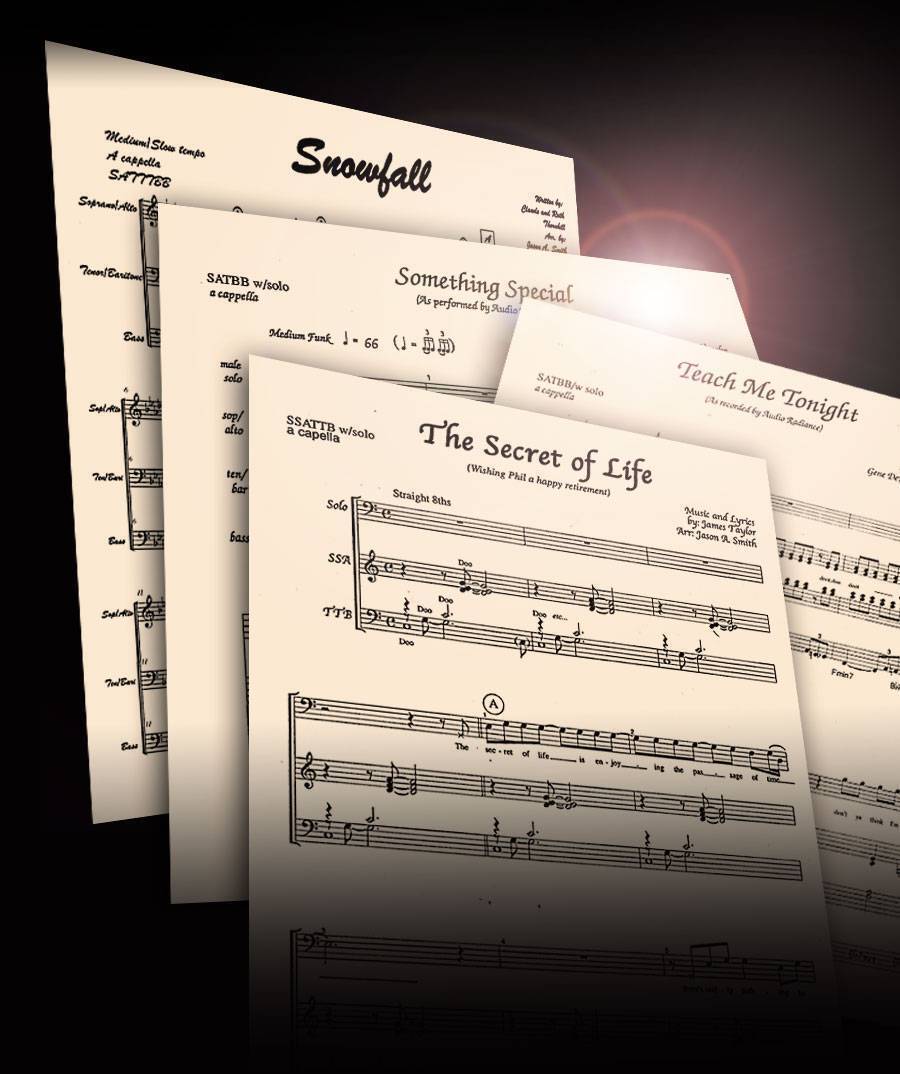Instruction
Learning. Growing. Blossoming. Is there any better way to experience life? Studying music can feel like a magic carpet ride, and I’d be honored to co-create that experience with you. Let’s have some fun!
After sharing with me your goals, I’ll assess your current skill level and draw up a strategic game plan designed to bolster your strengths and address your weaknesses. Your studies will then be apportioned in a carefully measured fashion, promoting a sense of joy and wonder during the learning process.
No prior experience is necessary to study the subjects listed below, but it bears noting that supplemental keyboard work will be required regardless of the subject chosen. Don’t worry, the piano will be your new best friend, helping you to understand all components of music. Don’t know where middle C is? No problem. We’ll start from the very beginning. It’s a very good place to start!

Jazz Voice
Have you dreamed of expressing your innermost feelings in song? Would you like to deeply move an audience with your voice? In order to develop an intimacy with your audience, you must develop an intimacy with the material. The term for this is "woodshedding." You're going to learn to woodshed each piece you sing from the inside out. This will ensure that you, and your audience, appreciate your art at a much deeper level.
The shedding process begins with you eating your vegetables. You’ll first learn to play the song, as real musicians do. Then you’ll learn to sing it accurately; honoring the ink. Once you’ve accomplished that, the real fun begins! You’ll begin coloring outside the lines with various modes of expression such as melody alteration, tone variation, text painting, back phrasing, speak-singing, register flipping, consonant-chewing, vowel-stretching, and a plethora of other techniques. You’ll soon find yourself capable of vocally emoting in a way that exhibits everything from dire despair to unbridled joy.
You’ll also be given listening assignments to help you unearth the more subtle nuances utilized by jazz giants of the industry. In due time you'll learn to arrange your favorite tunes in ways that cater to your new found skills and illustrate your individuality. You'll be putting forth artistry that is as unique as your fingerprint. So if you're ready to treat your solo singing as more than just a hobby; if you want to get real about it; if you're ready to don the cloak of professionalism; hop aboard and let's get rolling!
Examples of my solo work:
Another You
Moody's Mood
It Had to be You

Jazz Piano
If you are here for jazz keys lessons, congratulations! Nothing will make you a proficient jazz musician faster than committing yourself to the piano. It engages the hands, eyes, ears, and intellect in a way that no other instrument can. You’re quite literally giving yourself the “keys” to the kingdom. After some fundamental training with stock chord progressions, you’ll be playing through jazz standards in short order!
You’ll start by learning to play solo-ballad style. In so doing, you’ll have the roots, chords, and melody in your hands simultaneously so you can see everything very clearly. Gradually, you’ll begin to incorporate suspensions, extensions and chord substitutions as a means of beefing up your theory. From there, we’ll branch out into other styles of play including stride, bass lines with comping, and improvisation.
If you’re an educator, you’ll be happy to know that you’ll also learn how to accompany your students as they sing solos from the Great American Songbook. If you’re a performer, you’ll develop into a double threat by learning to accompany yourself as you sing. Although the list of competencies I’ve outlined may seem daunting, I can assure you that you have nothing to fear. Learning jazz piano in a methodical, well-structured process will be easier than you think, and you’ll have a lot of fun in the process!
Examples of my piano work:
A-Train
Love is Here to Stay
Chopsticks

Vocal Arranging
Nothing quite matches the thrill of writing arrangements and hearing your ensembles breathe life into them. If this is a skill you seek, it would be my honor to assist you. It bears noting that harmonies hashed out on the piano usually sing just as well with voices. Thus, your introductory training will likely include some piano exercise.
You’ll be guided through entry level analysis of works by Puerling, Mattson, Marsh, Meader and other industry professionals. What writing techniques are they utilizing that make their charts sing so well? Dissecting their arrangements will prepare the way for you to begin creating your own works of art.
When your writing begins in earnest, you’ll be limited to 4-part, stock close voicings. Once you’re fluent with those, you’ll be introduced to open voicings and the addition of the 5th and 6th parts. Soon enough, you’ll be playing with grooves, time signatures, modulations, solis, shout choruses, backgrounds, intros & tags, and all the other go-to modes of expression used by the masters. This subject is primarily for educators, but anyone with an enthusiasm for it is welcome.
So get yourself some staff paper, a fresh pack of #2's (that's right, I'm old school) and let's start writing ourselves silly!
Examples of my arranging:
Snowfall
Fragile
Reflections of Dizzy